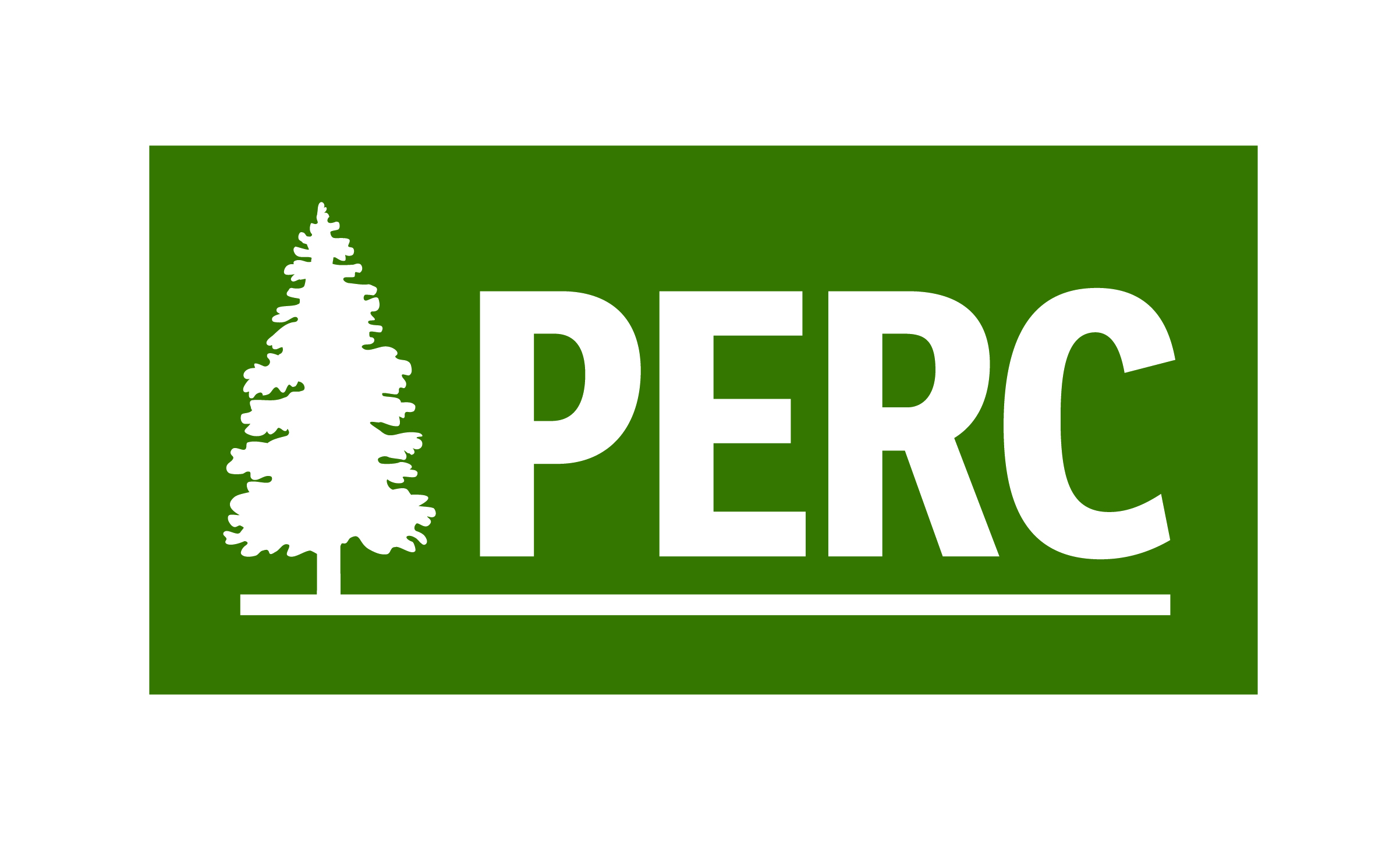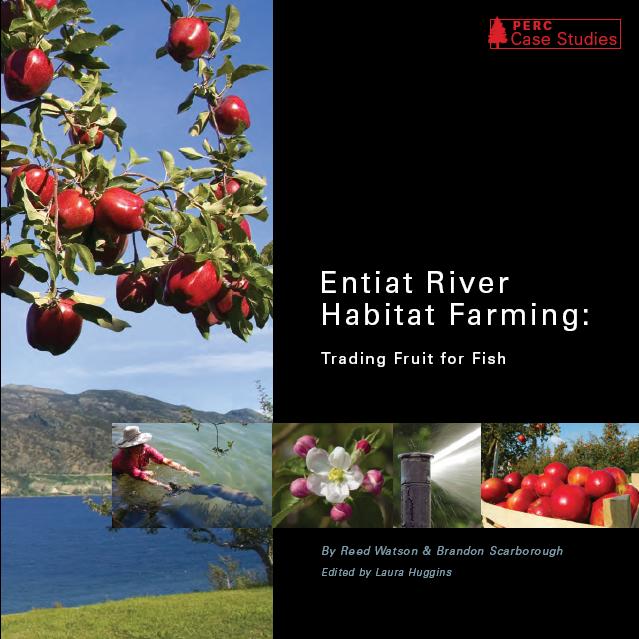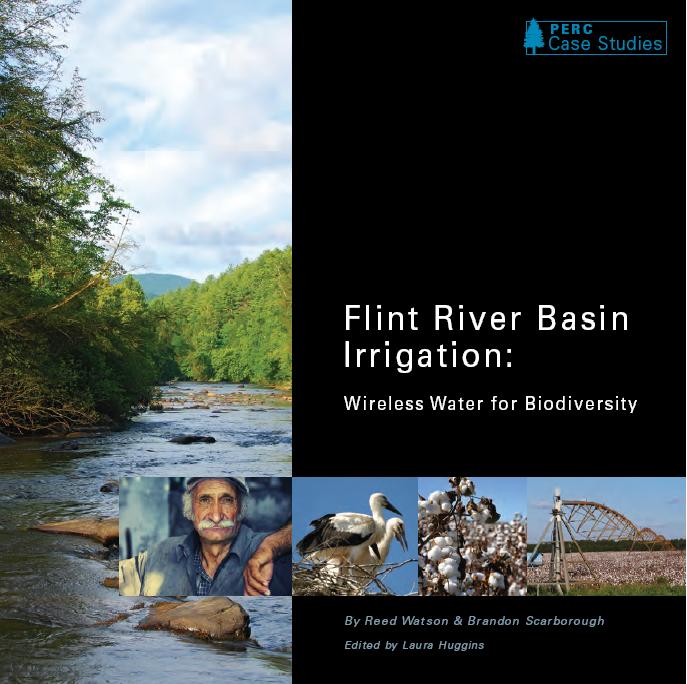by Pete Geddes The 1,200-page American Clean Energy and Security Act of 2009, known as Waxman-Markey, sets an ambitious target of reducing total U.S. greenhouse emissions 83 percent by the year 2050. In 2005, the year chosen as the baseline, the U.S. emitted about 6 billion tons of CO2. An 83 percent reduction by 2050Continue reading “Breaking the Iron Law of Climate Policy”
Author Archives: admin
From the Editor
Whether focused on public or private lands, the goal of this special issue is to explore new frontiers in land management.
Readers speak out
Some great articles, including “Bootleggers, Baptists, and Global Warming in Retrospect,” by Bruce Yandle; “Recycling Redux,” by Daniel Benjamin; and a book review “The Case Against the Hockey Stick,” by Matt Ridley. It was a refreshing read after being nauseated by the amount of talk on “sustainability” (i.e. save the environment, ignore the costs).
Of Coase and Cattle
by Pete Geddes From the always interesting Dan Cole come this very fine, real world introduction to the work of Ronald Coase and his seminal paper, “The Problem of Social Cost.” Arizona is an “open range” state, which means that cattle can roam at will. Ranchers do not have to fence them in (but they areContinue reading “Of Coase and Cattle”
Trading Fruit for Fish in Washington
by Brandon Scarborough The final installment (at least for now) in PERC’s Water as a CropTM series highlights how agriculturalists can capture conservation values and economic profits by altering land and water use practices. In Washington’s Columbia River Basin, fish migration routes have been severed and spawning habitat lost because of declines in stream flowsContinue reading “Trading Fruit for Fish in Washington”
Tax Dirty Energy or Subsidize Clean Energy?
by Shawn Regan Now that cap-and-trade legislation is dead in Congress, some are beginning to organize around a completely different approach. Instead of trying to raise the cost of dirtier energy, what about lowering the cost of cleaner energy? Today, the American Enterprise Institute and the Brookings Institute released a joint proposal to increase federalContinue reading “Tax Dirty Energy or Subsidize Clean Energy?”
Eminent Domain and Conservation Easements Collide
In 1993, more than thirteen thousand cubit feet of water per second raced down the San Pedro Valley, washing away farms, drowning livestock, and destroying bridges.
The Yellowstone Bison: Separating fact from fear
Once an icon of the American west, bison are now hazed through costly government-driven efforts and killed in droves around Yellowstone National Park during the winter. Their crime: migrating outside of the park’s borders onto public and private land in Montana, searching for food. Fueling the slaughters is ranchers’ fear of brucellosis, a bacterial diseaseContinue reading “The Yellowstone Bison: Separating fact from fear”
Federal Land Non-Management
In 1962, Congressman Wayne Aspinall wrote to President Kennedy asking him to establish a commission to review public land laws. What resulted two years later was the Public Land Law Review Commission, which later released a report that became the blueprint for public lands legislation including the Federal Land Policy and Management Act and theContinue reading “Federal Land Non-Management”
How Wireless Technology is Saving Water in Georgia
by Reed Watson The third case study in PERC’s Water as a CropTM series highlights a conservation partnership between environmentalists and farmers in Georgia’s Flint River Basin. There, prolonged drought combined with increasing water demands threatened endangered species and agricultural revenues. Rather than conflict, the region’s water scarcity has spawned cooperation. As the case studyContinue reading “How Wireless Technology is Saving Water in Georgia”





